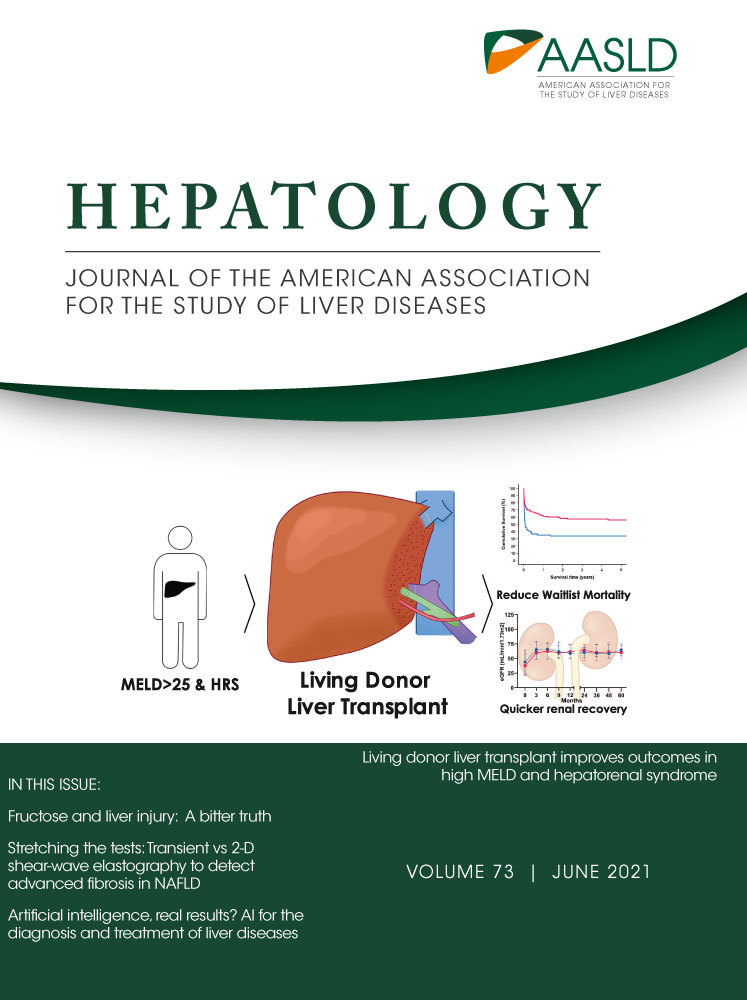Letter to the Editor: Should Growth Pattern of Hepatocellular Carcinoma Be Constant and Homogenous?
TO THE EDITOR:
We would like to share some of our views on the growth model of HCC that may differ from the valuable report by Rich and colleagues.(1)


in which a coefficient of carrying capacity (K) or a damping factor (b) represented the joint effect of all limiting factors.
 should be an average (
should be an average (
 ) of all subclones (
) of all subclones (
 ) of tumor cells:
) of tumor cells:


Improving basic models is not trivial. Currently, in HCC studies, tumors of various sizes would be grouped together according to staging systems, and size has usually been projected together with other factors onto the time vector to calculate relative risks.(4) However, as described by these models, size is causally related to time. Therefore, to classify tumors into groups of different growth patterns or treatments into different efficacies, it might be better to obtain size data of tumors at different time points, computing the growth coefficient (a), carrying capacity (K), and distribution pattern (P) according to the models, and then calculate the relative coefficients and risks of factors such as alpha-fetoprotein and treatments by projecting them onto this space of tumor characteristics (a, K, and P). To this end, it would be essential that we try to find and validate a best approximate model.




